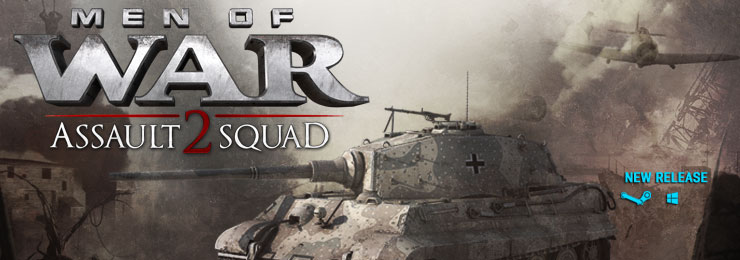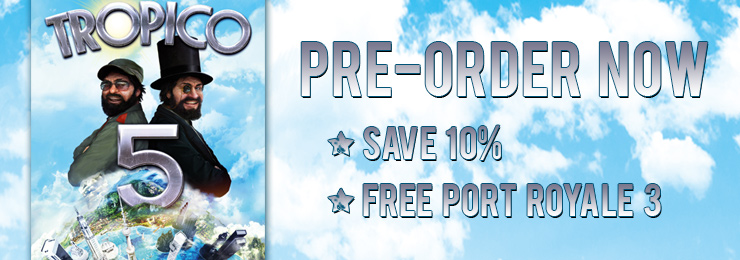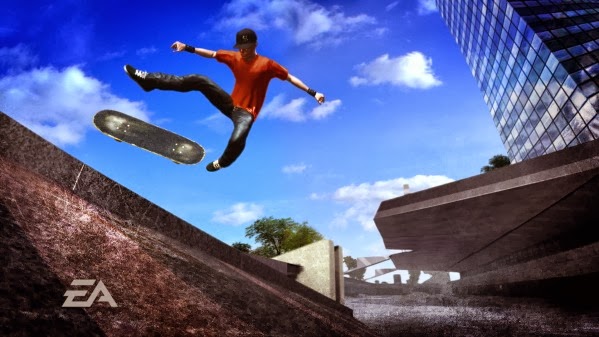When video games went from two-dimensional sprites to three-dimensional polygons, the potential for unique experiences increased exponentially. But not every classic franchise successfully made the jump to the third dimension. Perhaps the amount of creativity needed to completely re-envision a world may have been too much for some development teams, or perhaps the companies didn't want to bother investing the time and money necessary for the great polygonal leap. For every Super Mario 64 or Final Fantasy VII, we got plenty of three-dimensional flops like these...
10. Street Fighter EX (Arcade / PS1)
Street Fighter fared much better than Final Fight in the jump to 3D, but its transition wouldn't be quick or painless. After Street Fighter 2 and its various iterations, we saw two more 2D generations of the series —Alpha and Street Fighter 3— and the 3D spin-off, EX. While the Street Fighter EX games weren't bad, they fell short of the standards set by their 2D predecessors / competition. The graphics and gameplay didn't feel as fast or fluid as the sprites of Street Fighter Alpha, and the new characters would all be fated to fade into obscurity. It wouldn't be until Street Fighter IV that we'd see the original world warrior tournament fighter adapted successfully to 3D, when the technology was available to capture the franchise's pace with detailed, fluidly animated 3D models.
9. Castlevania 64 (N64)
Castlevania has always had a hard time moving to 3D, and this is severely exacerbated by the superb 2DSymphony of the Night. All Castlevania games since have failed to get out from under that title's shadow, but some of the 3D attempts have been better than others. The others, of course, are the N64 titles, which were marred by floaty controls and a frustrating camera. The games weren't terrible, but the discrepancy between the decent 3D versions and the absolutely stellar progression of the 2D series kept them from being more than footnotes in video game history.
8. Dawn of Mana (PS2)
Like Castlevania, Square Enix's Mana series (a.k.a. Seiken Densetsu in Japanese markets) has spent most of its existence in one game's shadow, in this case Secret of Mana for the Super Nintendo. While there were plenty of good Castlevania games released before and since that PS1 classic, almost all of the otherMana games have received mixed reviews at best. A particularly bad example is Dawn of Mana, released near the end of the PS2's life cycle. Though the graphics were beautiful and stylish, the game itself turned out to be a tedious trek through awkward camera angles and frustrating controls. The Action-RPG approach of previous titles was removed, and the game instead played like a mediocre platformer. As the PS2 was already on its way out by that point, one must wonder why Square Enix even bothered with Dawn of Mana.
7. Mega Man X7 (PS2)
When Sony wanted a 3D Mega Man game for the original PlayStation, Capcom gave them Mega Man Legends. It was a fun, colorful action-adventure gem that impressed critics; however, it was a Mega Mangame by name alone, with a completely new universe and cast. Capcom tried to remedy this with Mega Man X7 for the PS2; however, "tried" is about as charitable a term as one can give this game. Not only was Mega Man X7 a hot mess of bad camera angles, finicky controls, and thoroughly pathetic bosses ("Tornado Tonion"? Really?), but it again kept fans from playing as Mega Man X, as he had to be unlocked via rescuing enough hostages. Players instead had to start by controlling second banana Zero and new character Axl, an obnoxious little punk who immediately drew fans' ire. All of this led to Mega Man X8 going back to a classic 2D side-scrolling approach, but by then the series lost all of its momentum.
6. C: The Contra Adventure (PS1)
For fans of hardcore 2D action, there are few better choices than Contra, the first name in absurdly difficult side-scrolling shooters. The series hit its peak with Contra 3: The Alien Wars for the Super Nintendo, but that peak turned out to be a jump over a shark. The PS1 Contra games were almost universally reviled due to their glitchy, clunky controls and uninspired level design. Contra may have been difficult, but that difficulty was due to the deftly programmed challenge level, not a staggering amount of unfair glitches. C: The Contra Adventure (and Contra: Legacy of War before it) was only so hard because it was frustrating and unfun.
5. Golden Axe: Beast Rider (PS3 / Xbox 360)
SEGA's beloved Genesis beat-em-up took a long time to see a next-gen release, and despite the obvious attempts at sex appeal with Amazonian protagonist Tyris Flare, the result wasn't pretty. Golden Axe: Beast Rider was a mediocre copy of God of War, with production values well below the industry standard. Worse yet, the game was single-player only, stripping it of the co-op multiplayer that made the original games so memorable. Without the ability to play with a friend, the brainlessness of the game was exposed for players to see, and no amount of nostalgia could keep players interested in this over the many other fantasy beat-em-up God of War clones on the market (including, of course, God of Waritself).
4. Earthworm Jim 3D (N64 / PC)
This title is an example of how extended development cycles can ruin video games. Earthworm Jim 3Dstarted development in 1996, but its progress was stalled when the original developer was swallowed up by Interplay. During that time, several of the staff got reassigned to other projects, the direction of the new Jim game changed repeatedly, and creator Doug TenNapel was inexplicably dismissed from the project. By the time Earthworm Jim 3D finally saw release, it was three years later, and the final product still felt sloppy and incomplete. The franchise went back to 2D in its next installment, but the charm instilled by the original team was gone, and Earthworm Jim remains, well, worm food.
3. Sonic the Hedgehog - 2006 (PS3 / Xbox 360)
Sonic is widely regarded as the poster boy for bad 3D translations, but up until the 2006 HD game, none of the 3D Sonics were universally loathed. The Sonic Adventure titles may not have aged well, but they were strongly regarded when they released. The same cannot be said for Sonic 2006. The rampant glitches, frustrating difficulty, and amateurishly long load times could potentially be forgiven. The awful and overwrought story, complete with a disturbing romance between the cartoon hedgehog and a realistic-looking girl, cannot. Sonic 2006 remains infamous as one of the most embarrassing and half-assed releases from a respectable video game company.
2. Final Fight: Streetwise (PS2 / Xbox)
Final Fight was never one of the greatest games ever made, but it at least offered some brainless beat-em-up fun. However, all of the endearing qualities of the old arcade game were sucked out of this console remake. The story took itself far too seriously for a franchise about beating up drag queens, 80s wrestlers, and other hoodlums, while the attempts at a robust upgrade system did nothing to alleviate the repetitiveness. Final Fight: Streetwise's programming was fundamentally broken and buried the Final Fight franchise in a sinkhole of adolescent swearing and gloomy "next-gen" brown tones.
1. Bubsy 3D (PlayStation)
The 16-bit Bubsy games may have been forgotten amidst the surge of other mascot-with-attitude platform games, but they were hardly bad games. With their humorous design and intense level of challenge, Accolade's bobcat games didn't deserve their premature death. However, Bubsy 3D killed the franchise like a wild animal run over by a speeding truck. With its clunky controls and crude visuals, Bubsy 3D became one of the worst reviewed games in industry history, and it retroactively tainted the poor anthropomorphic bobcat's legacy.









 Men of wa
Men of wa




.jpeg)
















































.gif)